Indian Wolf Facts
- This majestic wild canine most frequently goes by the descriptive common name of the Indian Wolf throughout its native territory. Yet, it also has a few other general titles it’s known by. These include such diverse terms as Florida Wolf, Mississippi Valley Wolf, and Swamp Wolf.
- Within the scientific community, however, it’s possibly better known by its technical designation. Thankfully, that’s one that’s much simpler for the layperson to pronounce than most. That’s because the marvel of Nature and evolution holds the epithet of Canis rufus.
- The animal received that tag due to the combined efforts of two individuals. John James Audubon, the renowned French-American naturalist, and John Bachman, an American naturalist, jointly recorded the first recognition of it as a separate and distinct species in 1851.
- Sadly, human activities drove it nearly to extinction in the mid 1900’s. This principally occurred due to aggressive predator-control programs and habitat destruction. However, hybridization with coyotes, due to dwindling numbers, further aggravated the situation.
- Officials created a captive breeding program established between 1974 – 1980 helped to increase its numbers. In 1987 and 1989, authorities released individuals into two separate areas of North Carolina. The population eventually rose to an estimated 100 – 120 individuals.
- Unfortunately, it then plummeted again. As of October, 2021, only 8 known specimens existed in these regions. Experts subsequently released more captive-bred specimens to try again. From among these, the first known natural birth in the wild took place in 2022.
- The current wild population of the Indian Wolf does appear to be climbing slowly once again. Understandably listed by the IUCN as Critically Endangered, it faces serious threats to its existence, however. Most of these stem from the actions of man, and include climate change.
Related Articles

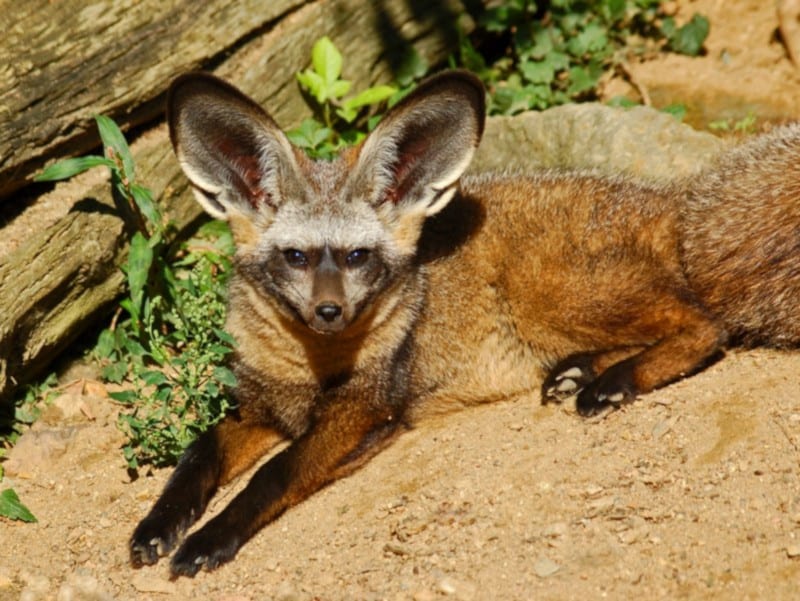
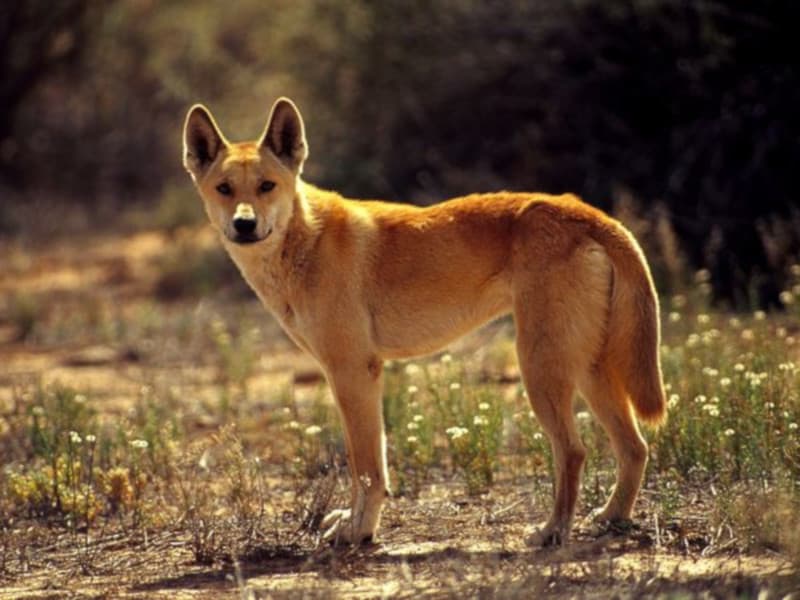
Indian Wolf Physical Description
The remarkable Indian Wolf represents another of those wonders of the natural world lesser known outside its native region. That fact thus creates quite a stir among those who view it for the first time. Though appreciated for many reasons, size doesn’t rank high among them.
In that regard, however, the animal continues a pattern common among its relatives around the world. That’s true since the canine displays a degree of the physiological characteristic of sexual dimorphism. Yet, that natural trait generally manifests itself in a somewhat unusual manner.
Individuals of both genders attain the same average height and length of body. Intriguingly, the variation only appears in terms of mass. Males of the species typically attain a weight equaling up to 60 lb (27 kg). Mature females, meanwhile, rarely exceed a mass approximating 40 lb (18 kg).
Both genders reach an average height at the shoulder of roughly 32 in (81 cm). Meanwhile, an average body length generally equals between 47 – 55 in (1.2 – 1.4 m). Though exceptional individuals do occur, regardless of sex, even these rarely exceed these sizes by any great amount.
The Indian Wolf evolved a slender face with sharp, pointed ears. The ears grow relatively large, which may help with dissipating heat in the climates it inhabits. The tail develops as relatively bushy and shorter than that of other wolf subspecies, often tipped with black or darker hues.
The fur of this canine also develops as comparatively thick, with a coarse outer layer and a softer inner layer. Coloring usually consists primarily of shades of grey with random flecks of black. However, individuals displaying such colors as brown, black, red, or even white do occur.
- Kingdom: Animalia
- Phylum: Chordata
- Class: Mammalia
- Order: Carnivora
- Family: Canidae
- Genus: Canis
- Species: Canis lupus pallipes

Indian Wolf Distribution, Habitat, and Ecology
The fabulous Indian Wolf evolved as indigenous to a moderately broad expanse of the surface of the earth. That same zone of habitation also happens to already be well known for its abundance of natural wonders. Its native range therefore isn’t likely to come as a surprise to anyone.
It evolved as native to western portions of Asia and the Indian subcontinent. Sadly, though, it now finds itself restricted to only a small part of that territory. Today, it’s only known to exist the most western areas. This includes the countries of Israel, Iran, Turkey, Syria, Pakistan, and Afghanistan.
This magnificent animal displays decidedly clear preferences regarding its choice of habitat. In this respect, however, the canid further distinguishes itself from most other known wolf subspecies. That’s true since, unlike them, it actually thrives in warmer, more arid environments.
This marvel of evolution most commonly takes up residence in grasslands that have both sparse tree cover and an abundance of herbaceous plants and shrubs. It’s also frequently found in scrub forests. Characterized by dry, thorny vegetation, these provide both cover and potential prey.
It’s also often found in the dry regions of central and western India, where rainfall remains scarce. That includes the rocky terrain and dry climate of the Deccan Plateau, which provides suitable habitats. These areas typically develop as less forested, with a mixture of grassland and scrubland.
While the mammal generally avoids dense forests and mountainous areas, it’s sometimes found in lower foothills where open terrain exists, particularly in drier, rocky landscapes. It’s even now often found near human settlements and agricultural fields, due to a reduction of available options.
The Indian Wolf plays a crucial role in the ecology of the remaining regions it inhabits. As an apex predator, it plays a pivotal role in maintaining the balance of its local ecosystem by bothregulating prey populations and influencing the many interwoven dynamics of the food chain.
Like its relatives, it’s primarily carnivorous, and its diet principally consists of small to medium-sized herbivores. It feeds on such various creatures as Blackbuck, Indian gazelles, Nilgai calves, hares, rodents, and occasionally birds. It also often preys on human livestock, like goats and sheep.
This impressive animal typically lives in small packs, usually including 6 – 8 individuals. It generally breeds once a year, with the mating season typically occurring between October and December. Litters usually consist of 4 – 6 pups, with both parents caring for them until around 6 months of age.
Species Sharing Its Range
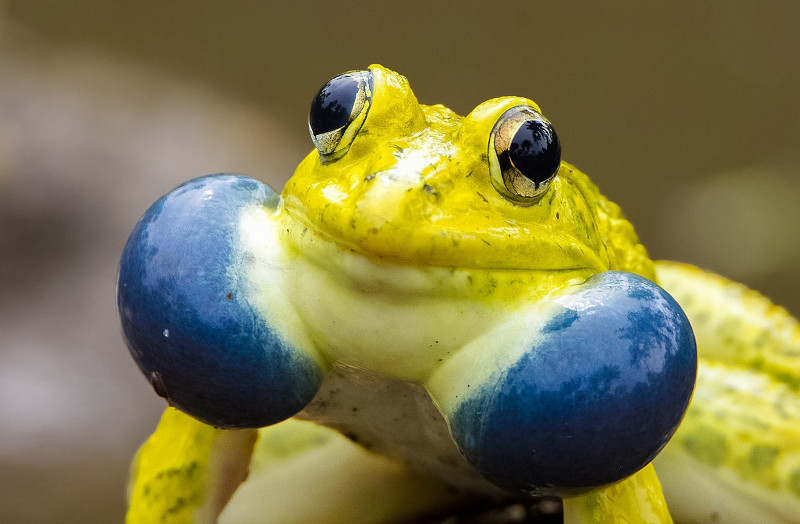

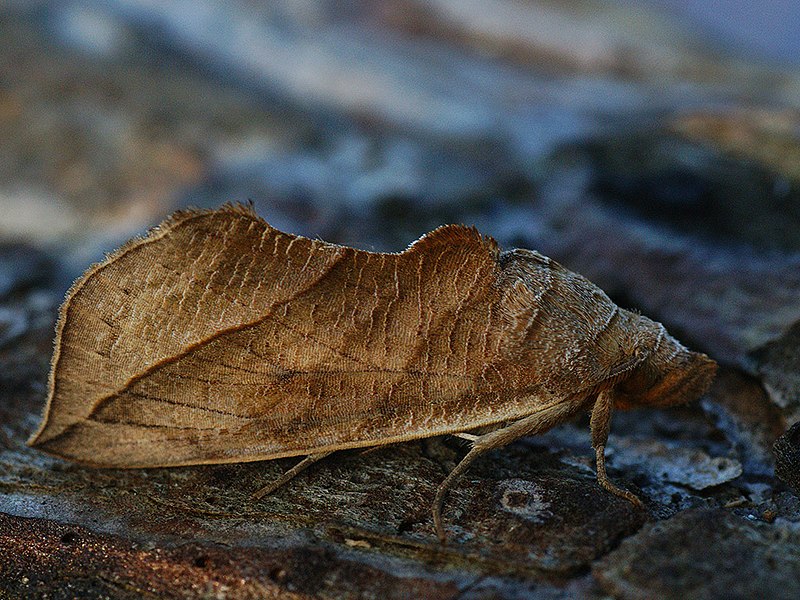
Check out our other articles on 5 Fascinating Fauna of Argentina, Clouded Leopard, Rügen Island, Atlantic Horseshoe Crab, Socotra Dragon Tree, Hellbender Salamander, Texas Alligator Lizard
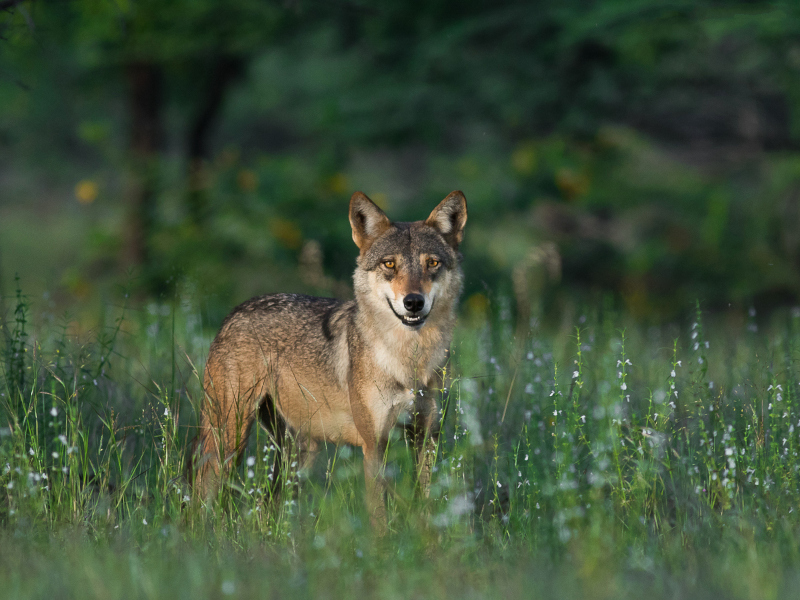










Leave a Reply